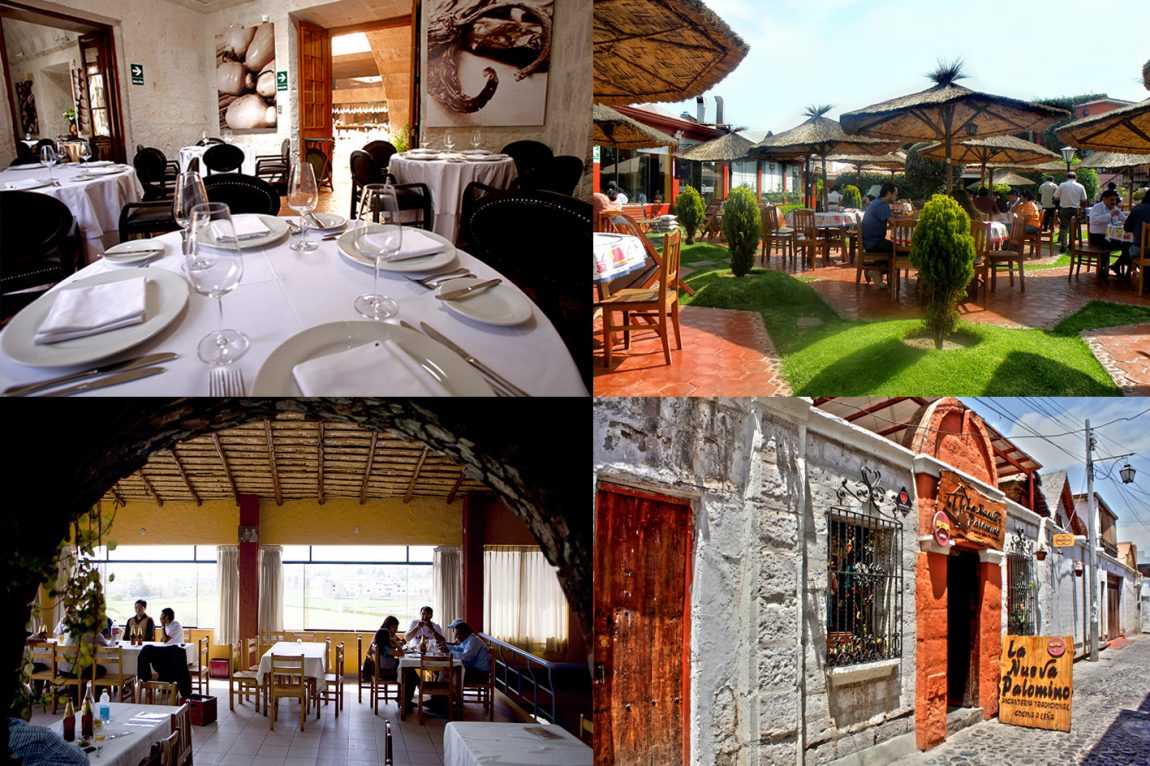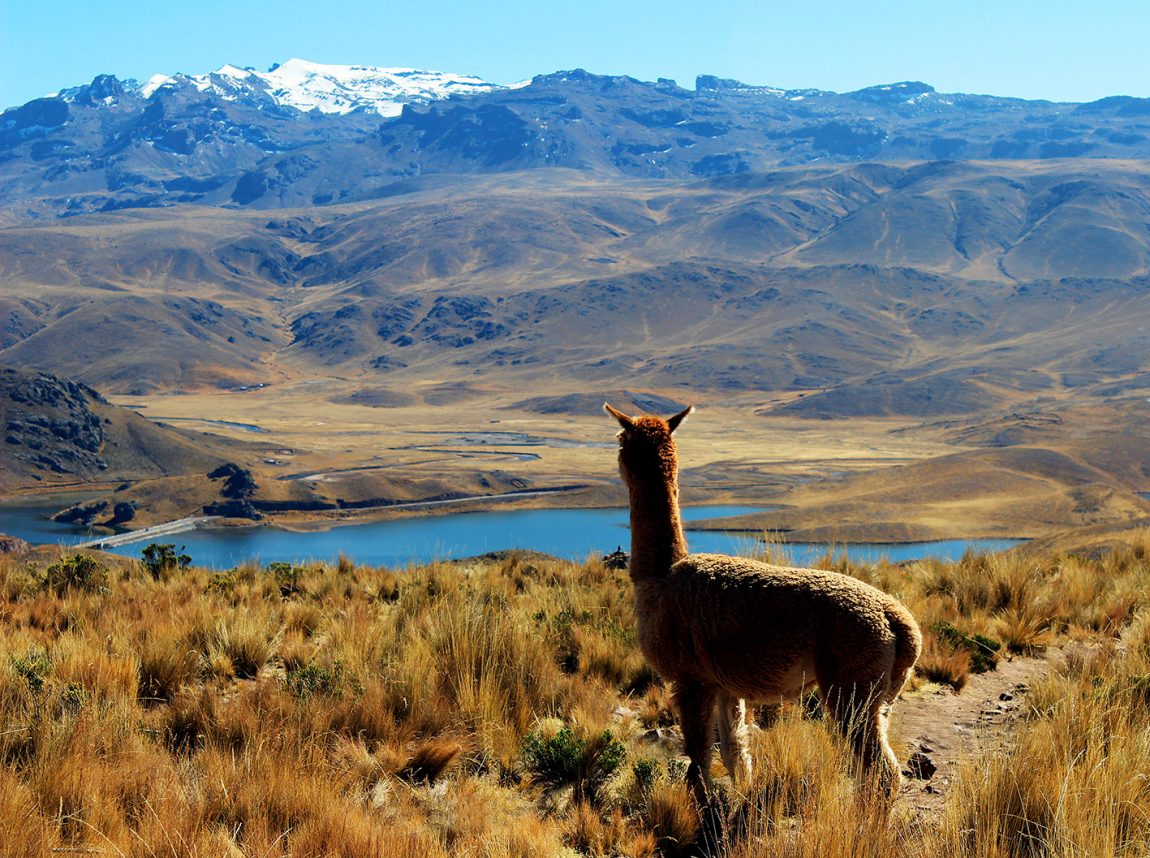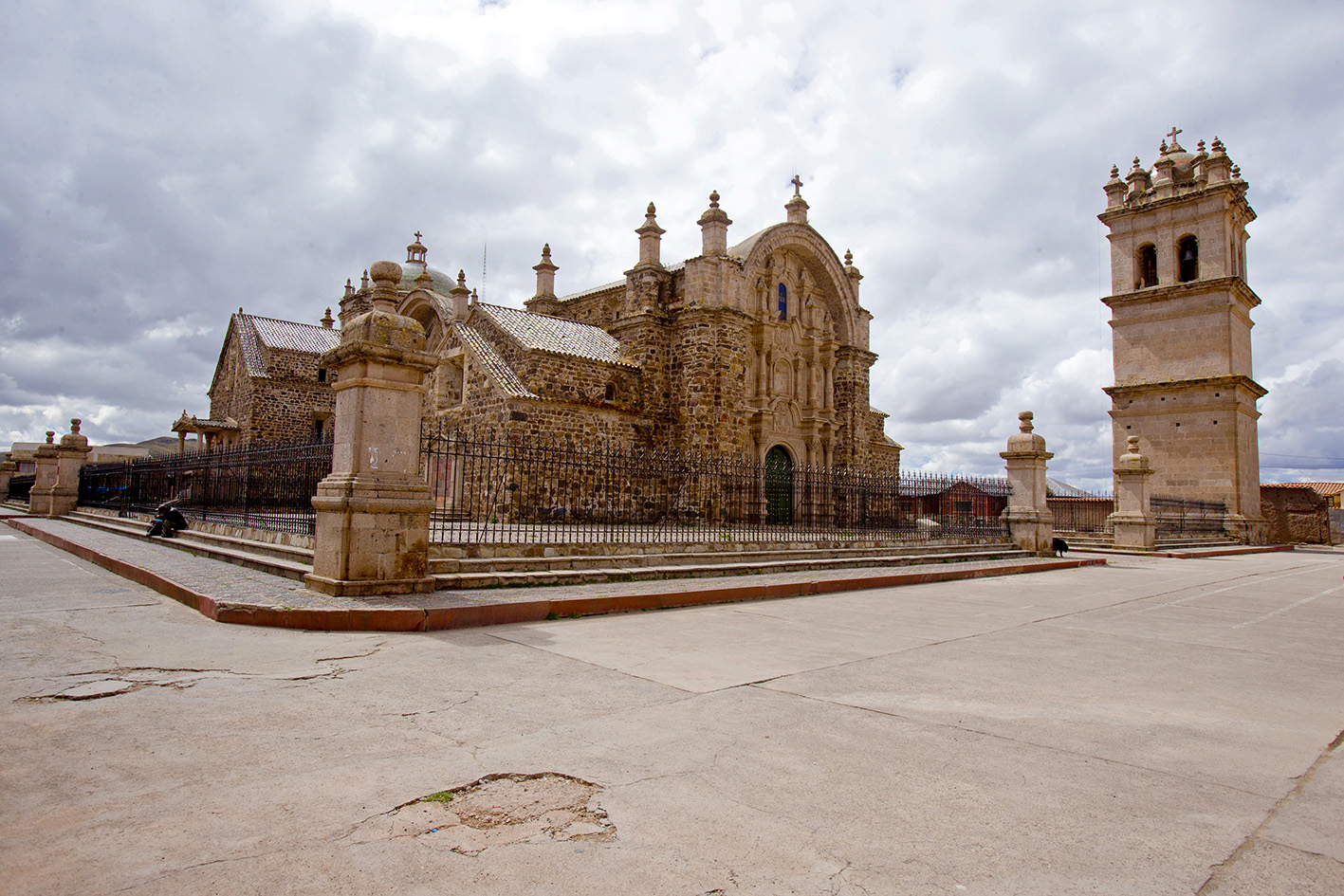Planning a trip to Peru soon and want to feel merged into the local culture? Do you want to “sound” like a Peruvian while you are talking to people in the streets, in the shops or at the restaurant? Here some slang words and phrases you should definitely learn before embarking on your Peruvian adventure!

We tried to create a usefule list for no-Spanish speaking travelers but also for people who can speak Spanish but obviously not the Peruvian way. Like any country of Latin America, also Peru has its own peculiar slang words and phrases that actually only Peruvians can understand. For instance if an Argentinian come to Peru for a leisure trip or for work, he/she will also encounter some problems with slang words and phrases Peruvians use.
- Chevere: let’s start with the most used slangword! This word is used to say that somenthing is cool, for example (“ese polo,te queda chevere” means “this tshirt looks good on you”) or that we are cool (“estamo chevere” means “we are ok”). You will listen to this word in the street, restaurants, basically everywhere.

- Plata: in Spanish languange this word means silver, but in Peru it means money! This is also a word you will listen everywhere, since Peruvians never do anything if you do not pay them. “Plata” is what make the country goes round and people do things for you. So, the use could be something like: “Tienes plata?” which means “Have you got money?”, or “es mucha plata”, which means “that’s too expensive”.

- Bacán: this word also has a positive meaning like chevere, it is used to express a favorable opinion on somenthign or someone. “Está bacan” means “It’s cool”.
- Chela: you cannot have a great and fun trip if you do not know this word! “Chela” means “beer”, so you will listen to “¿Quieres una chela?” which means “Do you want a beer?” or “Vamos por unas chelas”, which means “”Let’s go for some beers”. Remeber: Peruvians never go out for only one beer or drink, they prefer to use the plural! 😀 Peruvians also use the verb “chelear”, which means “the act of drinking beer”.
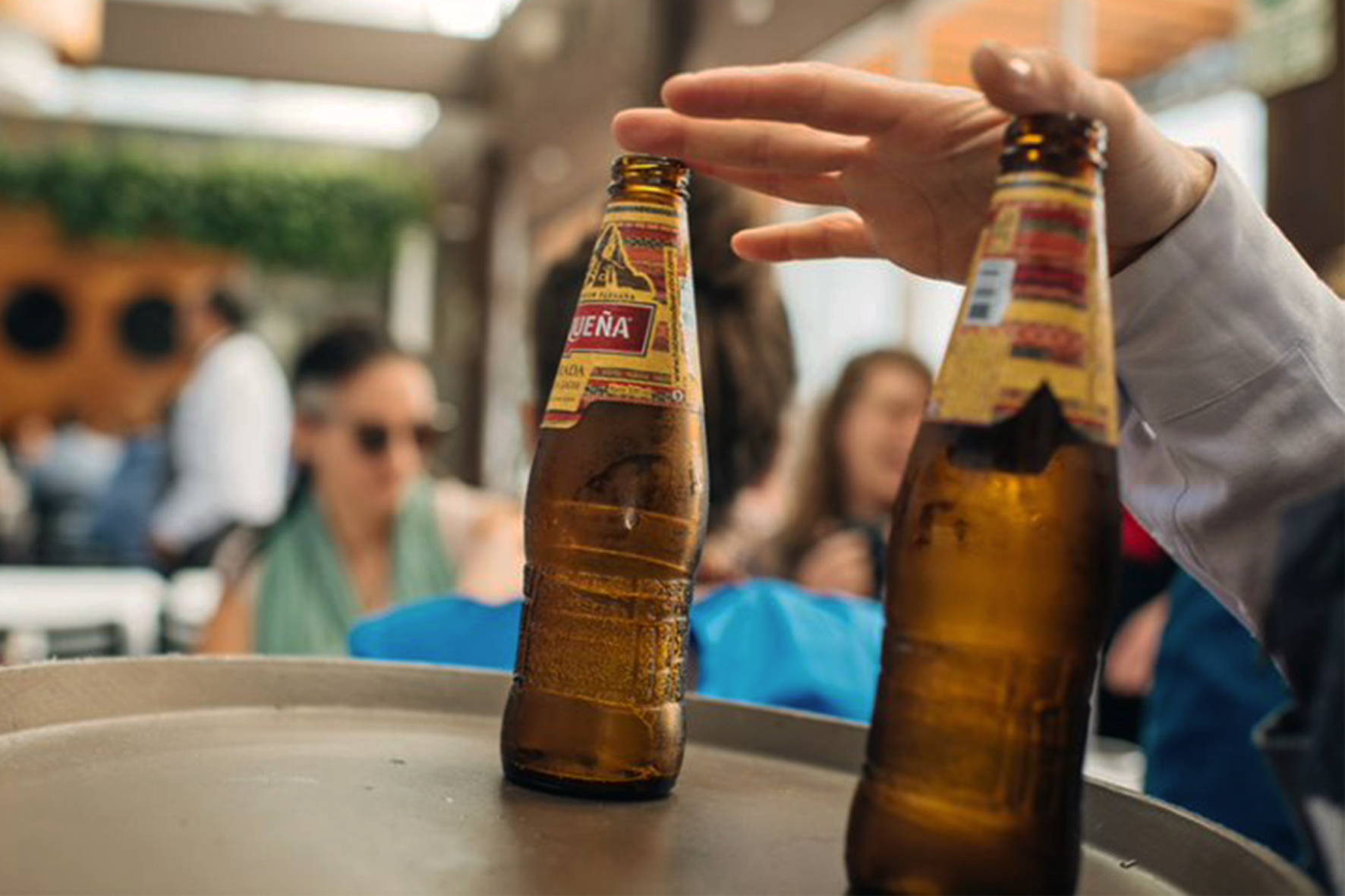

- Pata: literally in Spanish this word means leg, but in Peru it means close friend. So you will listen to: “El es mi pata” with means “He’s my pal”. The word can be used with male or female.

- Luca: it could be definitely a name, but in Peru it means Sol, the local currency. So you will probably listen to two friends saying: “¿Tienes un luca? Or ¿Tienes cinco lucas”, which respectively mean “Do you have a Sol?” and “Do you have five Soles?”. This word comes from Spanish gipsy word for Soles.

- Chamba: this word means “job” and Peruvians also use the verb “chambear” wich means “to work”, so you will probably listen to expressions such as: “Estoy en chamba”, which menas “estoy trabajando” or “Tengo que chambear” which means “I have to work”.


- Tono: this word means party, so the expression “vamos a un tono” means “Let’s go to a party”. Peruvians also use the verb “tonear”. Another word Peruvians use for party is “juerga” and the verb “juerguear”. So the expression “Vamos de juerga”, which means “Let’s go to a party” is quite common as well.

- Al toque: it is a peculiar expression used by Peruvians to say “right away” or “straight away”. For instance the expression “Hazlo al toque!” means “Do it right away”.
- En un rato: this is also a very common expression you will listen to, but actually it is quite difficult to undestand what exactly “rato” means for Peruvians. It could be 10 minutes, half an hour, a hour, 3 hours, so sometimes could be hard. So the expression “Voy en un rato” means “ I wil be there soon”, but be aware you might wait more than an hour! Let’s be honest Peruvians are famous for not being on-time.
- Yapa: this word means “something extra for free”. So if you are buying somenthing like fruit or veggie you ask for yapa, usually an extra lemon or tomato.

After our survivor Peruvian slang course for beginners you will be able to undestand few words Peruvians often use. Stay tuned that will definitely post more slang words nd phrases soon!




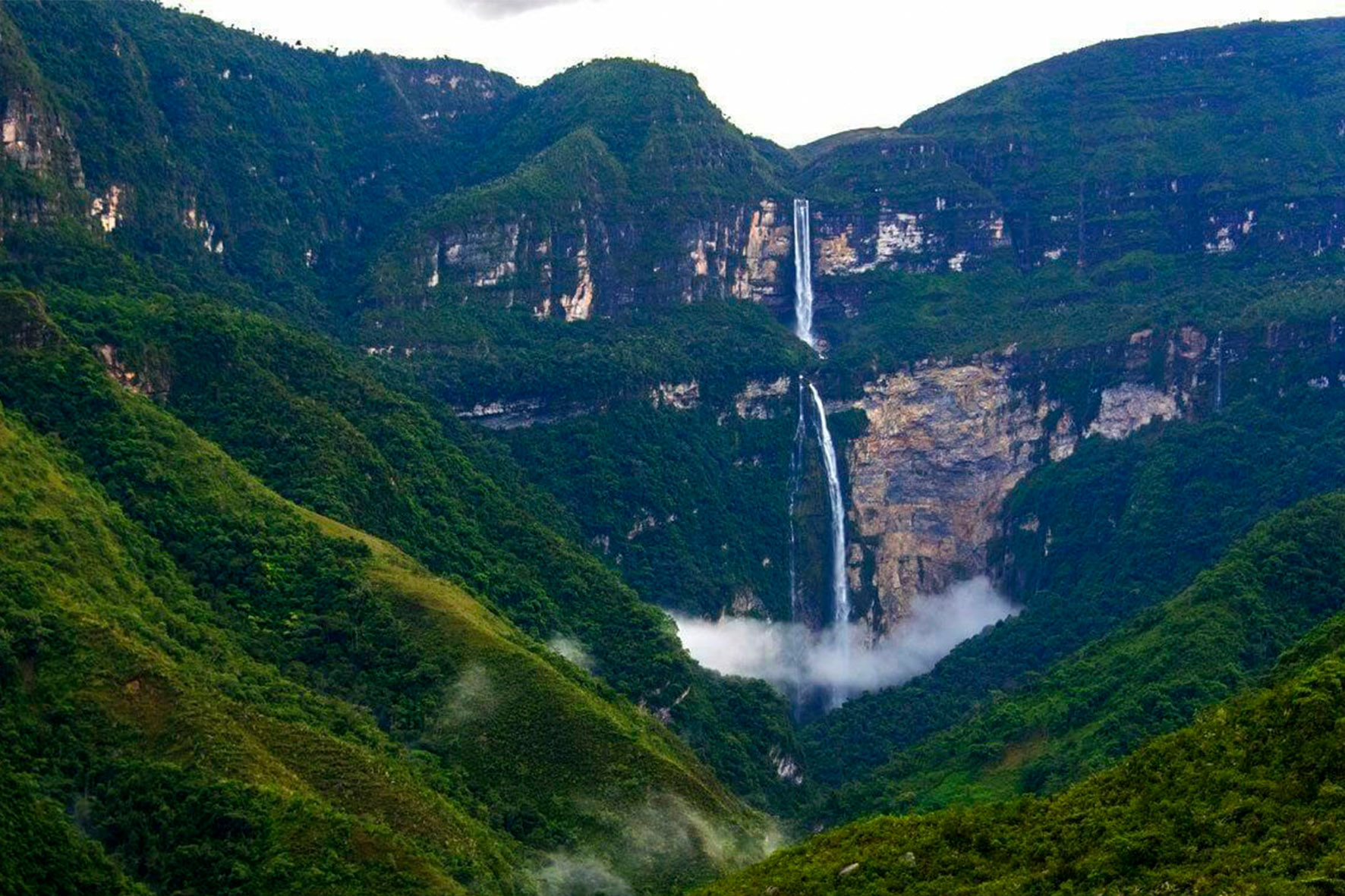
 Credits: T News
Credits: T News Huaca Pucllana: this is a stone complex located in the heart of Peru’s capital city, in the vibrant district of Miraflores. This was an administrative and ceremonial center for the Lima culture. Not many tourists opt for a visit to the Huaca Pucllana, but we always suggest to spend a couple of hours there, preferebly in the morning, so that you have time to visit the museum and have a lunch at the beautiful restaurant overlooking the archeological site as wel. What is really fashinating about this archeological site is that is now merged among contemporary architecture buildings, it is worth a visiti if you happen to stay in Lima for a couple of days.
Huaca Pucllana: this is a stone complex located in the heart of Peru’s capital city, in the vibrant district of Miraflores. This was an administrative and ceremonial center for the Lima culture. Not many tourists opt for a visit to the Huaca Pucllana, but we always suggest to spend a couple of hours there, preferebly in the morning, so that you have time to visit the museum and have a lunch at the beautiful restaurant overlooking the archeological site as wel. What is really fashinating about this archeological site is that is now merged among contemporary architecture buildings, it is worth a visiti if you happen to stay in Lima for a couple of days.
 Credits: Viator
Credits: Viator Credits: Apuntes de Historia
Credits: Apuntes de Historia Credits: Ministerio de Cultura
Credits: Ministerio de Cultura Credits: Wikipedia
Credits: Wikipedia Credits: Cultura
Credits: Cultura Credits: Andina
Credits: Andina
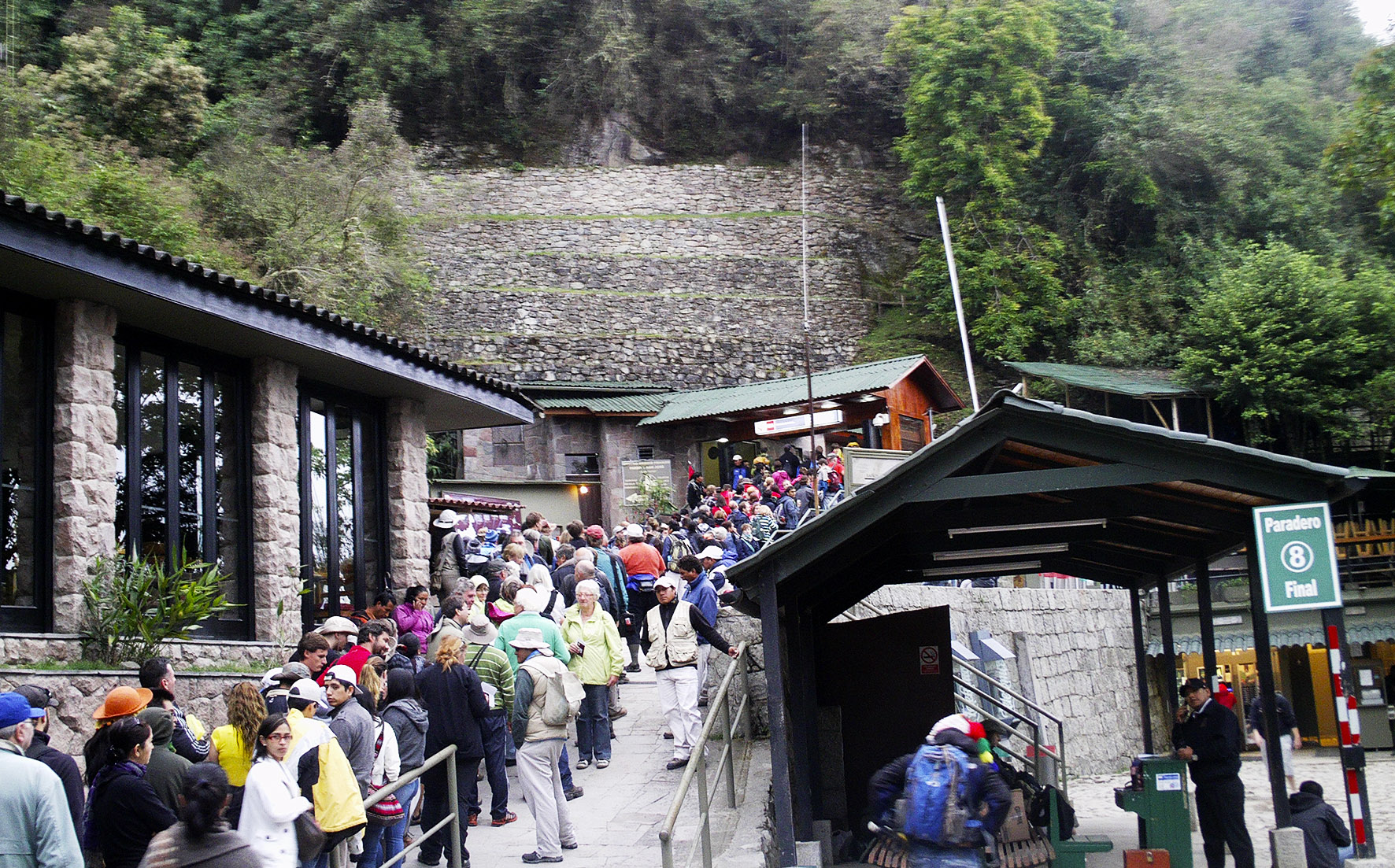





 Intipunku Entry Tickets
Intipunku Entry Tickets



